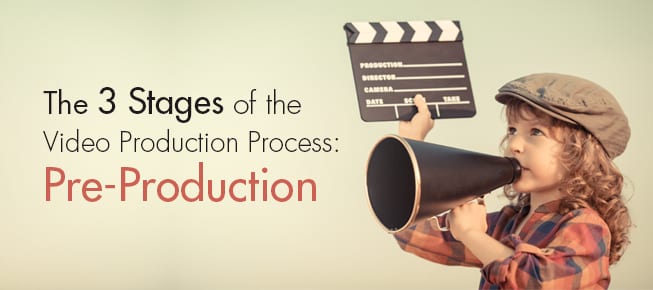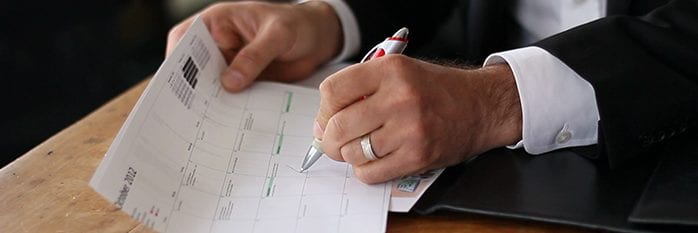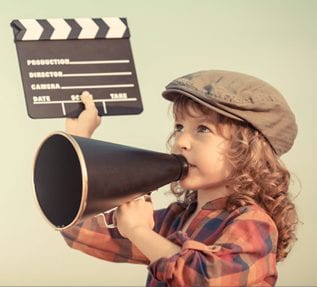
In this series of three videos, you’re going to learn the steps involved in the video production process. If this is the first time you’ll be commissioning a video, or the first time you’ve worked with Dream Engine, some of this will be a little new. But by the time you’ve watched these videos you’ll know exactly what to expect.
Let’s start with phase 1: Pre-Production.
Topic Summary
-
- Steps taken before filming begins
- Video Producer’s role
- The Script, Shotlist and Schedule
Pre-production encompasses all the steps we take before filming your video. We start with Concept Development, or identifying the type of video we’ll be creating for you. This can vary from documentary video to training video or face-to-camera addresses. We also answer questions like, “Will it contain animation?” and “What will the tone and style of the video be?”
We decide on the concept by analysing your goals and the needs of your audience. What is the most critical challenge that your target market is facing? What style of video will they best resonate with? And what will drive them to take action?
Don’t worry. This is not something you need to work out alone. My role is to collaborate with you to develop the most effective concept for your video. Over the years, I’ve developed a pretty good system for this.
Create a Script
Now that we’ve nailed the concept, the next step is to create a script. The format of the script can vary, from an exact word-for-word document for a dramatised video to a more general description for a documentary. Importantly, we now have a clear plan, like an architect’s blueprint of a house.
If we’re making a documentary, we’ll then create a list of interview questions. The interview questions are designed to elicit the answers that will propel the video forward and drive the audience to take action.
We’re now approaching filming time, and to prepare, we create a schedule and shot list.

Schedule & Shotlist
The schedule sets out the times and locations where filming will take place. And set this up so we can use our time as efficiently as possible.
The shotlist is the list of shots that our camera operator MUST get on the day so that we can tell the story most visually.
Sometimes production companies can tend to gloss over preproduction and rush to the excitement of getting on set and filming. But pre-production is actually the most crucial phase in making your video.
The thing I love about pre-production is that it’s where your idea starts to come alive. It’s the time when I, as the video producer, can ensure that I really understand your needs, get to know who your audience is, and identify what they want.
Good pre-production means that your film now exists in our minds. We can both picture exactly how it will look. We have a clear plan to bring it to life in the next phase, production, which is precisely what I’ll discuss in the next video.
If this video has raised any questions for you, let me know, and I’ll be happy to answer them. Put your comment in the box below, or contact me directly.

Ryan Spanger is the founder and managing director of Dream Engine, a Melbourne-based video production company established in 2002. With more than two decades of experience, Ryan has helped leading Australian businesses, government departments, and non-profits communicate their message with clarity and impact through video. He’s known for his strategic approach, reliable process, and commitment to producing videos that deliver measurable results.

